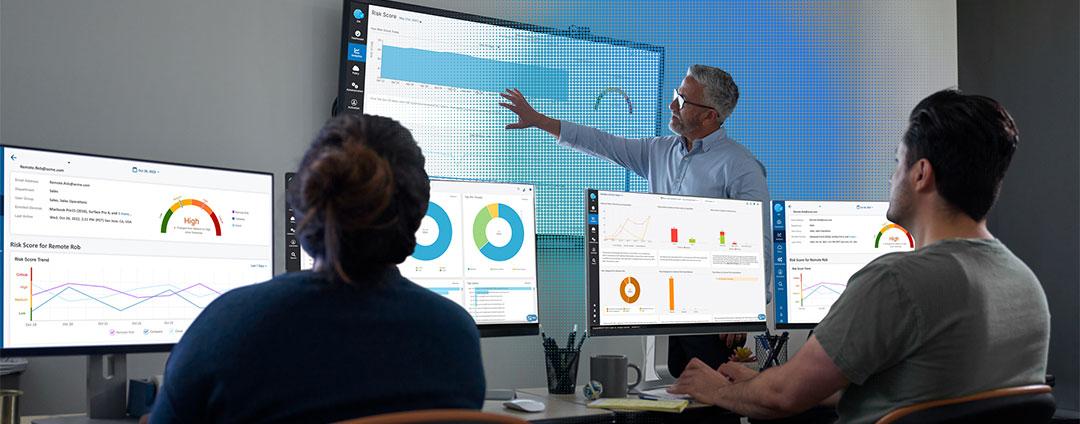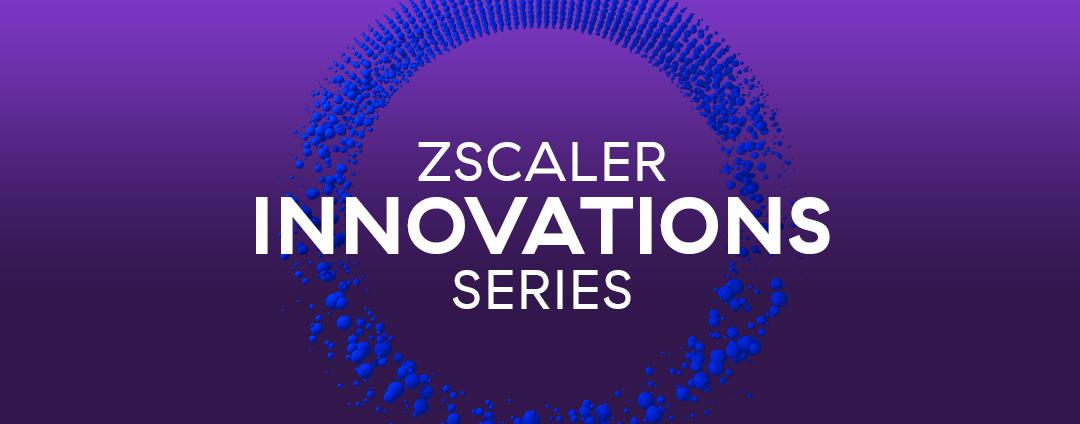This year we have seen a significant increase in businesses adopting strategic hybrid work environments and migrating mission-critical applications to the cloud. Combining work-from-anywhere with application migrations (e.g., Salesforce.com, SAP, Microsoft Office 365, ServiceNow) posed a challenge to IT teams as the networks were out of their control. Businesses spent time rethinking their digital transformation journey to ensure excellent end user performance while securing user, workloads, and device communications over any network, anywhere.
The challenge has been to reduce downtime and increase end user productivity. Even short periods of network downtime can impact operations, profits, and employee productivity. Gartner suggests that the cost of unplanned downtime is $5,600 per minute. Businesses must quickly identify the root cause of these outages and turn to intelligent digital experience monitoring solutions to reduce costs.
As businesses look forward to 2023, three top digital experience monitoring trends emerge:
- Increased hybrid workforce productivity
- Faster mean time to resolution with smart technologies
- Reduced IT costs with monitoring plus security solutions
Increase hybrid workforce productivity
As the pandemic evolved over the past couple of years, many organizations adopted new business models by accelerating digital business initiatives. Flexible work environments emerged as businesses struggled to retain talent. Companies such as Zoom, Facebook, Google, and Apple all had to adjust work-from-home policies. Most of them shifted to 100% remote and then re-adjusted to optimize productivity as the pandemic slowed. Even healthcare organizations have enabled staff to work remotely, with more telemedicine than ever, providing continuous patient care and limiting in-person appointments. This trend is here for the foreseeable future, as employees have proven that hybrid work is possible.
However, IT teams should focus on keeping the business operational and ensuring excellent end user productivity. Supporting the hybrid worker means providing fast and reliable insights as issues arise from the device, network, and application from a single glass pane. For example, it is critical for help desk and network operations teams to know whether the end user’s issue is their home or hotel Wi-Fi or any of the hops along the network to the application.
As the hybrid workforce becomes more adept at working from home, they learn the basics of troubleshooting to restore connectivity, such as rebooting their home Wi-Fi router. However, rebooting a home Wi-Fi router is merely a guess as to what the issue could be and could cause more end user frustration if it doesn't resolve their issue. In 2023, businesses need intelligent solutions to quickly provide recommendations to end user problems without having to open trouble tickets. This will push service desk and network operations teams into a more proactive approach rather than reactive. IT teams need a global view of their environment to pinpoint areas of focus and then actively look at specific end users to understand their challenges. The goal will reduce IT teams' time troubleshooting while increasing end user productivity.
Faster Mean Time To Resolution (MTTR) with smart technologies
With the hybrid worker, the service desk and network operations team must look past the traditional castle-and-moat architecture. They not only have to change their work-from-home policies but also provide fast and reliable access to employees, regardless of their location. To increase a worker's productivity, IT teams must diagnose an end user's situation quickly and confidently. IT teams must analyze each device, dedicated network path, and application response times. That's the only way to grasp the end user's dilemma fully. To effectively analyze data points from these segments and provide a meaningful response, IT teams will benefit from artificial intelligence (AI) and machine learning (ML) to aid in potential solutions.
In 2023, we will see continued growth in AI/ML-based technologies, and as we feed more data into these systems, they will learn and apply those insights across the board. The key will be the amount of data being ingested and analyzed. The intelligence will come from solutions that combine multiple facets of end user experience. For example, providing secure, fast, and reliable connections with the ability to triage issues based on collected data will separate ordinary point solutions from ones that offer combined capabilities. As we've seen in this blog, the FIFA World Cup is leveraging AI technologies to aid in fast and compelling insights. Imagine if the players knew where to position the ball when taking their next shot at goal! It would be game-changing! Similarly, wouldn't it be great if service desk and network operations teams could leverage AI to triage end-user issues quickly? In 2023, let's reduce the time spent with traditional operations troubleshooting guides for AI-based solutions.
As IT teams look to get a deeper understanding of their environment, they will need intelligent reporting to provide trends and patterns holistically. In 2023, AI-based solutions should evolve to find trends and systematic issues. For example, imagine a view into your network that classified which ISPs were the most troublesome globally. That would be game-changing! You could create a plan to either move off those ISPs or position them as a backup. You could also leverage this knowledge to negotiate better terms with the ISP. Armed with AI-based insights, IT teams would have a chance to optimize their environment and reduce potential outage scenarios.
Reduce IT costs with monitoring plus security solutions
Macroeconomics will focus on reducing overall costs and increasing flexibility (consolidation). In 2023, businesses will not only look to remove siloed monitoring solutions around devices, networks, and applications, they will also look for solutions that combine monitoring and security. These two services fit together nicely.
With security issues on the rise, IT teams will continue to face pressure from executives on what happened, end user impact, and prevention techniques. The challenge will be trying to reduce costs while gaining this intelligence. Cloud-based solutions make it easier for IT teams to get started small, get comfortable with the solution, and then scale. Many legacy box-type solutions require an expensive lift-and-shift approach and struggle to adapt quickly to changing environments. For example, when we’ve seen a shift in the economy, more and more businesses look to consolidate through mergers and acquisitions. However, these business initiatives are not always predictable, and IT must ensure the solutions in place can easily handle these shifts. With secure cloud-based solutions, IT teams can quickly keep security and monitoring as a focus area and scale, keeping costs in control. Read this blog to understand why network monitoring tools fail within secure environments.
Lastly, focusing efforts on leveraging ITSM tools can aid in reducing costs for 2023. For example, many businesses leverage ServiceNow, so wouldn't it be great if digital experience monitoring solutions could easily integrate into these solutions? It will make it easier for IT teams to adopt new digital experience monitoring solutions without changing their entire workflow. To continue to reduce costs, it's about intelligently gaining insights with smarter integrations!
Summary
As IT teams start planning 2023, it's imperative to find digital experience monitoring solutions that effectively support the hybrid workforce, leverage smart technologies, and drive lower costs. As you embark on your 2023 initiatives, consider Zscaler's Digital Experience monitoring solution. Please don't take our word for it. Our customers are saying:
- John Pratezina, Senior Network Operations Administrator, CSC
- Leo Lovishchuk, Cloud and Network Service Manager, Protegrity
- Sophie Twu, Director of Network Engineering, Verisk
Interested to learn more about ensuring great digital experiences in 2023? Click here for Zscaler’s perspectives. This blog is part of a series of blogs that look ahead to what 2023 will bring for key areas that organizations like yours will face. The next blog in this series covers cyberthreat predictions for 2023.





